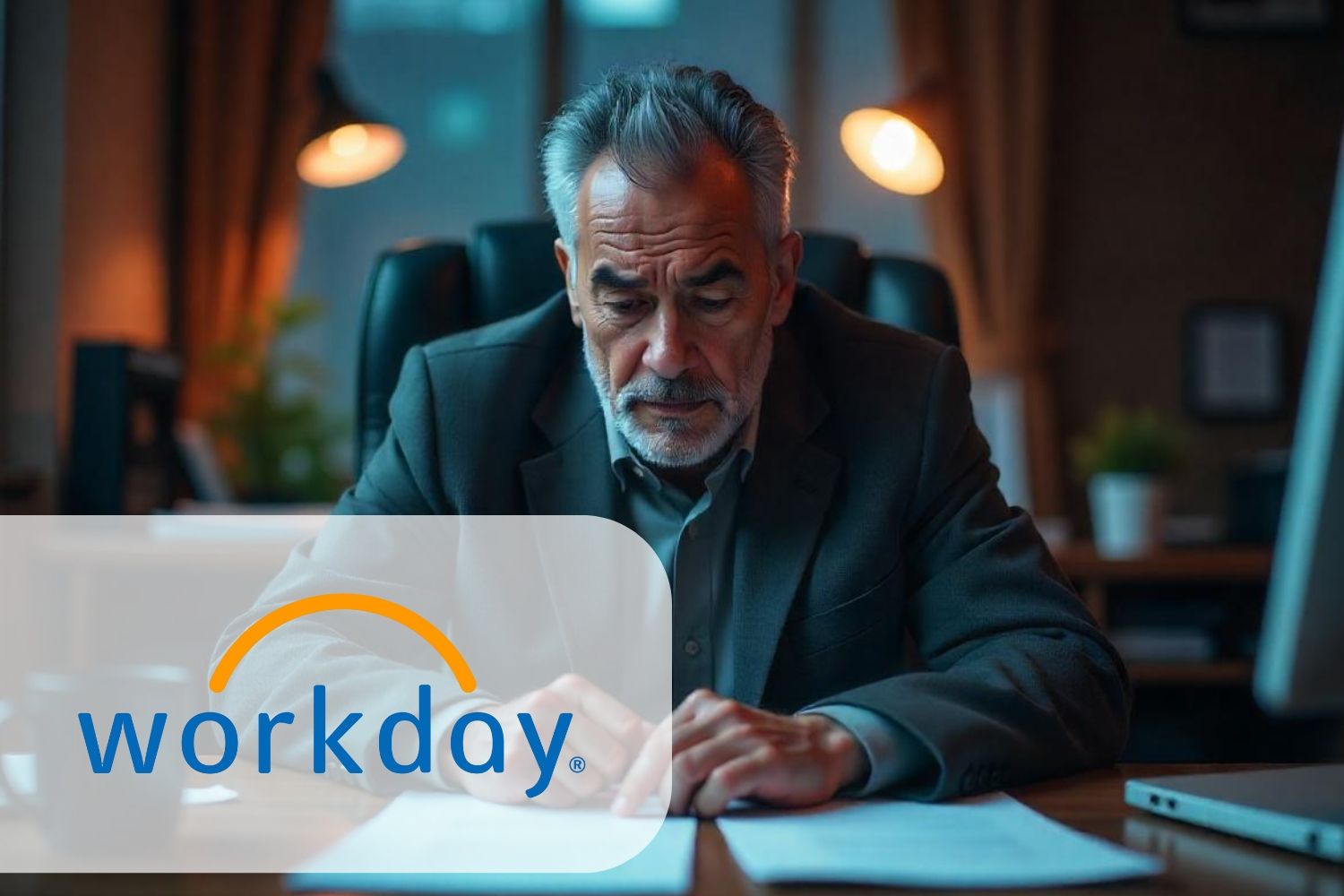Three headlines cut through the noise this week. Workday faces a class-action suit that could reshape algorithmic hiring. Greenhouse folds a full AI suite into its ATS, promising structure at the click of a button. Meanwhile, LinkedIn has new insights for the future on how AI will be more involved in hiring process.
Workday’s Discrimination Lawsuit Moves Forward

Workday’s Discrimination Lawsuit Moves Forward
A California judge has cleared a collective-action case against Workday, allowing job applicants who claim its screening tools skewed against age, race, and disability to proceed together. In the ruling, the court stressed that “an algorithm is not magically immune to bias merely because it is coded.” Translation: you can’t shrug and say “the AI did it.” Workday argues its vendors pulled the levers; the court says accountability travels with the pipeline.
Legal heat is shifting from broad rhetoric to line-item evidence. Plaintiffs want logs that trace each score back to raw data. The judge wants clarity on who trained the model and how outliers were handled. If your interview flow already stores every question, rating, and reviewer note, you can meet that ask in an afternoon. If not, discovery could feel like a fishing expedition in murky water.
Could you hand a lawyer a step-by-step audit of your last hire without scrambling through email threads? If the answer is no, this case is your nudge to tighten the loop before someone else forces the issue.
Greenhouse Adds an Integrated AI Suite to Their System

Greenhouse Adds an Integrated AI Suite to Their System
Greenhouse has added an AI layer that drafts job posts from skill libraries, spins up structured interview plans in seconds, and runs real-time bias sweeps on every scorecard. The pitch is clear: Make consistency so easy that teams stop improvising. Early adopters say interview-plan use jumped from 30 to 90 percent in one quarter.
When you put structure where recruiters already work, compliance stops feeling like homework. A shared standard for evaluation becomes default rather than exception. Better still, the bias checker flags lopsided scores before they lock, shifting fairness from an after-the-fact audit to an on-the-spot correction that hands cleaner data to downstream tools.
If your ATS can surface drift in real time, do reviewers have the context to adjust or will they click past the alert? Tools amplify habits you already have. A human-led review step turns the pop-up into insight; without that layer, it is just one more notification to ignore.
(VireUp plugs straight into Greenhouse, so teams switching on these new features keep one continuous audit trail from job post to final scorecard.)
LinkedIn’s Six-Month Forecast: AI Pushes Recruiters from Task Takers to Strategy Partners

LinkedIn’s Six-Month Forecast: AI Pushes Recruiters from Task Takers to Strategy Partners
Zapier recruiting leader Bonnie Dilber lists five shifts she expects before year-end. AI tools will write first-pass job descriptions, surface shortlists in minutes, and draft personalised outreach, trimming as much as a full day from each recruiter’s work week. That means recruiters will spend more time on strategy conversations with hiring managers and deeper candidate assessment, the human skills a bot can’t fake. The post cites LinkedIn data: TA pros who lean into AI are already 20 percent more productive, and listings that ask for “AI literacy” have doubled in a year.
The predictions echo a pattern we’re already seeing. Admin tasks evaporate, leaving evidence-based judgment in the spotlight. When AI handles posting and pre-screening, hiring teams need clear, structured interviews to prove who can actually do the work. A human-led review layer becomes the feature, not the fallback.
If job-post copy writes itself tomorrow, and sourcing lists pop up in seconds, will your interview stage still reveal the depth a hiring manager needs? Structured questions plus transparent scoring deliver that depth without slowing the sprint.




